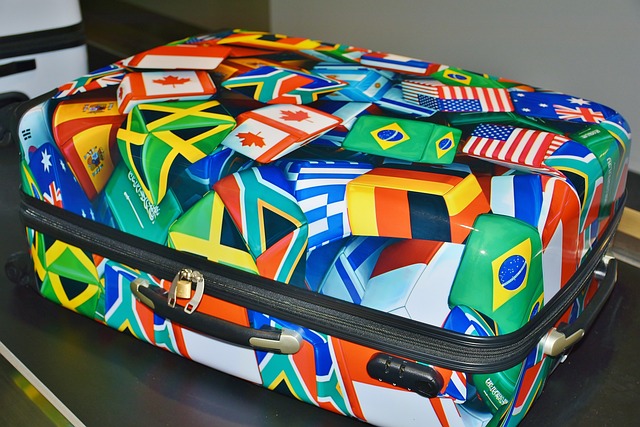Suitcases are a core item for anyone who travels, combining function, durability, and convenience. Choosing the right suitcase affects packing efficiency, mobility through airports or stations, and how well belongings are protected. This article explains practical criteria for selecting, using, and maintaining suitcases and related luggage to support clearer decisions for different travel needs.
A good suitcase balances weight, durability, capacity, and mobility. Hard-shell suitcases can protect fragile items better, while soft-sided models offer expandable pockets and lighter weight. Check wheel systems (two-wheel vs. four-wheel spinners) for maneuverability through terminals and cobblestones. Zippers and zipper quality matter: double-coil zips and reinforced seams reduce the risk of splits. Consider integrated locks, TSA-approved locks for international travel, and reinforced corners. Finally, assess internal organization—compression straps, divider panels, and pockets make packing and unpacking more efficient and reduce shifting that can damage contents.

How to pick luggage by material and size?
Luggage materials influence longevity and weight. Polycarbonate and ABS are common in hard cases; polycarbonate tends to be more impact-resistant, while ABS is typically more budget-friendly. Ballistic nylon and polyester are common for soft luggage, with ballistic nylon offering better abrasion resistance. Size choices depend on travel length and mode: carry-on suitcases (typically under airline size limits) are best for short trips and avoiding checked-bag fees, while checked luggage provides more capacity for longer stays. Always verify airline size and weight limits for both domestic and international carriers to avoid surprises at check-in.
How does travel type affect suitcase choice?
The purpose of travel—business, adventure, family tourism, or long-term relocation—should guide suitcase selection. Business travelers often prioritize compact, easy-to-roll carry-ons with compartments for laptops and garments that resist wrinkling. Adventure tourism may require rugged duffel-style bags or hard-shell cases that can withstand rough handling and outdoor transit. Family travel benefits from a mix of sizes to distribute clothing and gear across multiple bags, while long-term stays often call for larger, more durable checked luggage with easy repairability. Consider how you’ll transfer between vehicles, public transit, and accommodations when choosing wheels and handles.
What features matter in a travel bag?
Beyond basic structure, several features improve the practicality of any travel bag. Retractable handles should lock securely at multiple heights for ergonomic pulling. Smooth-rolling wheels with sealed bearings are less prone to jamming and make long airport walks easier. External pockets and quick-access compartments are useful for items like passports, boarding passes, or a water bottle. Removable laundry bags or shoe compartments can keep clothing organized and hygienic. For international tourism, look for clear labeling areas or luggage tags and consider a discreet exterior pocket for documents you might need to reach quickly.
How do suitcases relate to tourism and trip planning?
Suitcases influence how you plan packing lists and the logistics of tourism itineraries. Packing smart reduces the number of bags you need and can make multi-destination trips simpler, especially when using varied transport modes. Tourism that involves urban exploration favors compact, maneuverable luggage; trips that include excursions or outdoor activities may require adaptable storage solutions like compression sacks inside your suitcase. Choosing luggage that matches anticipated activities can reduce time spent managing gear and increase the time available for sightseeing and experiences.
Suitcase care extends the usable life of luggage: clean wheels and zippers after dusty or salty trips, store suitcases in dry places, and address repairs promptly—replacing handles, wheels, or fixing seam damage is often more sustainable than replacing an entire piece. Consider matching luggage to personal packing habits rather than trends; well-chosen, well-maintained luggage provides reliable service across many trips.
Conclusion
Selecting an appropriate suitcase or luggage piece involves evaluating materials, size, wheel systems, and features relative to the type of travel you do. Thoughtful choices and routine maintenance help protect belongings and reduce travel stress, while matching bags to itinerary needs can streamline movement through terminals and tourist sites. Effective packing habits paired with the right suitcase support smoother, more predictable travel experiences.






